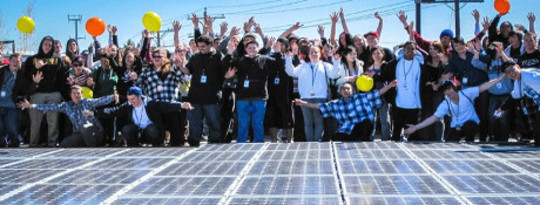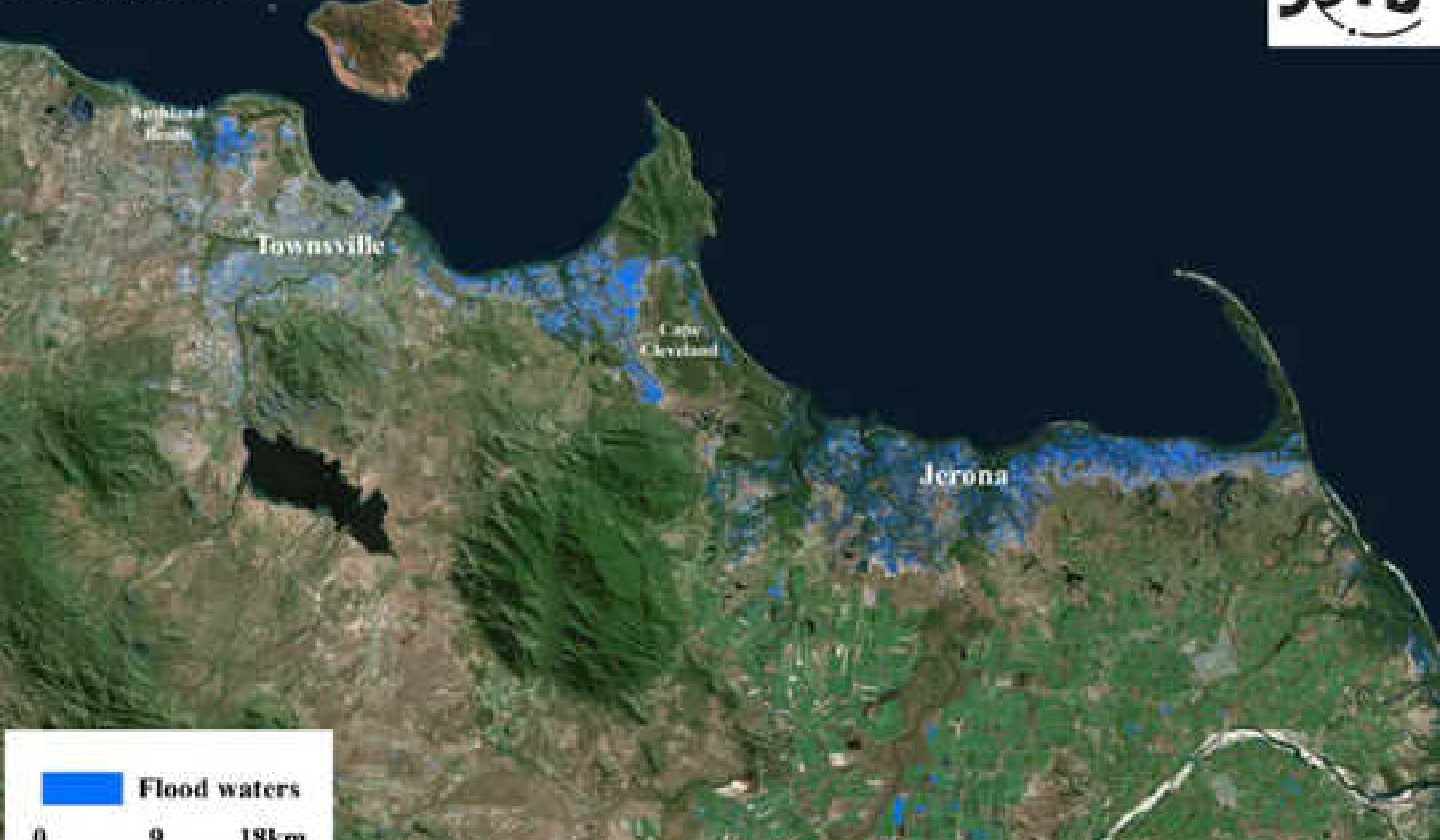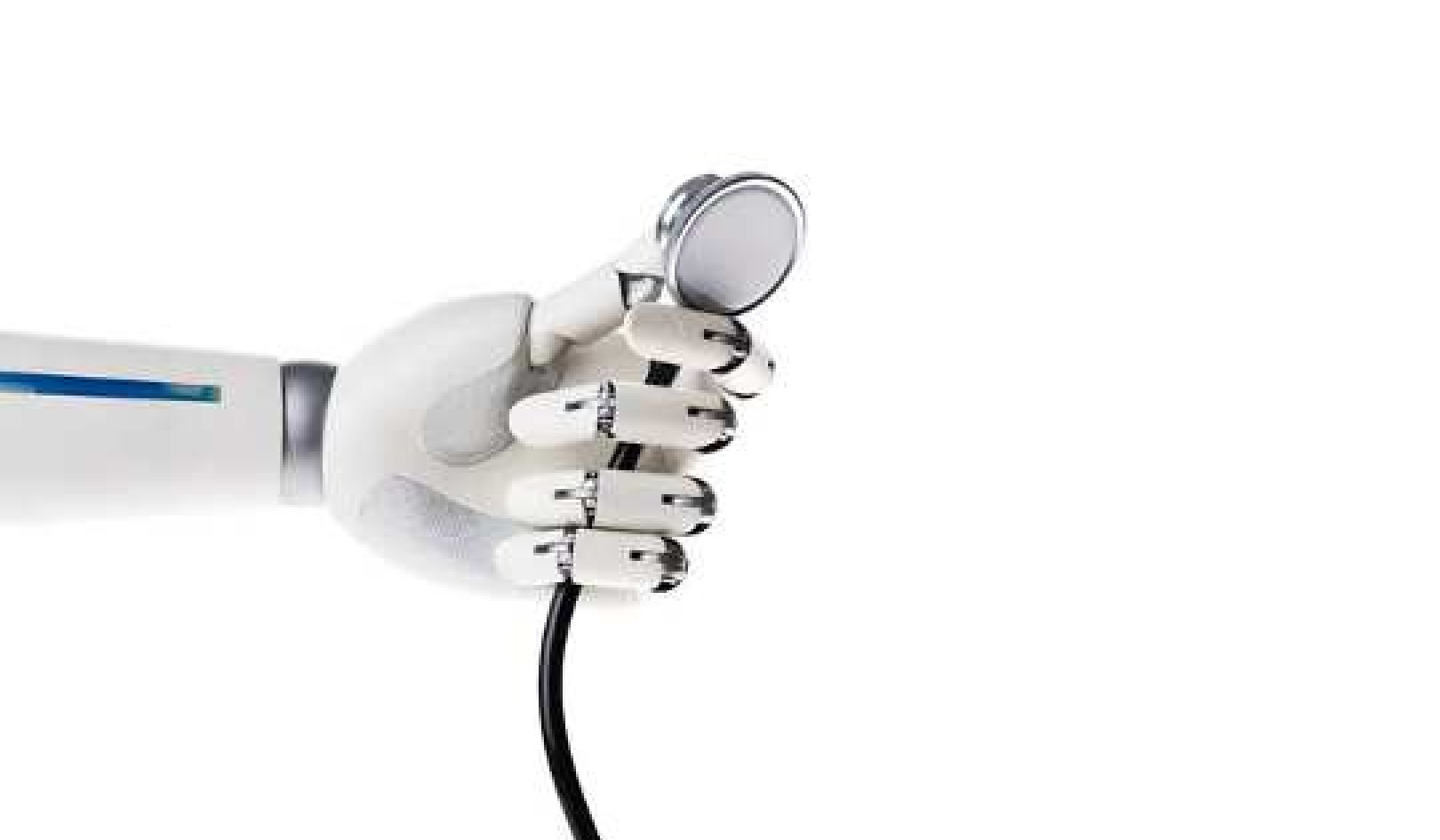
There is no shortage of shouting and dire warnings about the state of the climate and our need to phase out fossil fuels. But there is a more silent revolution happening too — in micropower.
Small-scale electricity generation is slowly replacing big fossil-fuel driven power plants, which are currently the world’s single largest contributor to greenhouse gas emissions. These micro-electricity producers are relatively small scale, inexpensive, and most importantly, produce little to no carbon emissions. Last year micropower contributed to around a quarter of the world’s energy, up from 10% in 2000.
What Is Micropower?
Rooftop solar may be the first thing that springs to mind, but micropower is much more than just solar panels on roofs. The definition of micropower can sometimes be confusing. Amory Lovins and his coauthors discuss this in The Economist’s 2002 book of the year Small Is Profitable and define micropower as “all renewables except big hydro”.
This definition of micropower thus includes wind farms, even though these can be quite large, because of the scalable (you can plant more or less wind turbines), rapidly deployable, and distributed nature of the individual units. It does not, however, include hydropower plants larger than 50 megawatts or nuclear power plants, even though these are low- or no-carbon.
Most recently, the Rocky Mountain Institute has included industry sales data of cogeneration power plants in its analysis of micropower trends.
Cogeneration On The Rise
In essence, cogeneration uses energy twice — once to produce electricity, and a second time as heat. It is often referred to as combined heat and power. By producing heat for buildings and houses, cogeneration is much more efficient than even thermal plants, which only generate electricity. Cogeneration has risen dramatically in the past 15 years, but is often overlooked in estimates of energy production. It comes in a variety of forms and can even use waste gases from agriculture and industrial production.
An even more efficient process is sometimes called trigeneration, producing both heating and cooling. Have you ever seen those mysterious plumes of steam rising from manhole covers in New York, in films like Martin Scorcese’s Taxi Driver? Much of that steam comes from New York’s steam system, which is used to heat and cool buildings in Manhattan. Trigeneration can convert as much as 93% of fuel into useful energy.
Although many cogeneration plants still rely on natural gas for power, they produces roughly 40% less greenhouse gas than a coal plant. While many environmentalists advocate an immediate switch to renewables, others argue that natural gas is providing a lower-carbon “bridge” while the use of renewables can be scaled up.
Grids Going Micro Too
It’s not just power plants that are going micro. Micro-grids are being built all over the world, both to increase energy efficiency and to provide adaptable and resilient power in the case of major storms or natural disasters like Hurricane Sandy. This is particularly important as extreme weather events are likely to increase due to global warming.
These micro-grids, which typically incorporate renewables and cogeneration, are designed to be able to operate independently of the main power grid. If disaster strikes, they can produce islands of power to critical facilities such as police, fire services and hospitals.
While more than 260 such projects are planned or operating in the United States, Connecticut has become the first state to role out a statewide pilot. Micro-grids aren’t just helpful during natural disasters — they avoid long-distance transmission, so can reduce line energy losses which can reach as high as 20%.
Cities, and the way they are powered, will undoubtedly play a huge role in the transition to a sustainable and resilient energy future. New York has reduced its greenhouse gas emissions by 19% since 2005. This is partly from an increased use of cogeneration and natural gas, and upgraded city operations using cleaner vehicles.
In fact, while “going green” often conjures up images of Arcadian off-grid living, New Yorkers have the smallest carbon footprint in America. They generate less than 30% of the average national emissions. Compact cities are more energy efficient for a host of reasons, and as many have pointed out, the way to a green future isn’t urban sprawl.
The central power plants that dominated the 20th century energy landscape are seeing their market share in energy generation fall rapidly. New power plants are becoming smaller, scale-able and more efficient, as renewables and cogeneration continue to increase their production share.
The Past and Future of Micropower
In many ways the rapid growth of micropower is a back to the future scenario.
In 1882, Thomas Edison’s famous Pearl Street plant began generating heat and electricity for lower Manhattan. Natural Geographic has a wonderful explorable infographic about the way “power pulses, information flies, and steam flows” below the streets of New York.
Thomas Edison envisioned similar systems to provide local power and heat into the future. Power grids and centralised power plants changed all that, and the 20th century seemed to prove Edison wrong.
But clearly things have changed since then, as micro-power’s market share pushes upwards. Technological innovation, changes in energy production and extraction, and public concern over climate change and natural disasters have helped power the revolution.
We certainly aren’t in the clear yet, and the world desperately needs a global climate agreement. The future may still be cloudy, despite the groundbreaking deal between the US and China, but the micropower revolution bodes well for a resilient, secure, and low-carbon energy future. Perhaps every cloud does have a silver lining.
This article was originally published on The Conversation.
Read the original article.
About the Author
 Morgan Saletta is a Doctoral Candidate and Graduate TA in History and Philosophy of Science at University of Melbourne. He is a trained anthropologist and historian of science whose research interests include the Neolithic transition in Europe, transnational environmental history (particularly in the Pacific and Indian Ocean worlds), as well as the many interactions between science, technology and society.
Morgan Saletta is a Doctoral Candidate and Graduate TA in History and Philosophy of Science at University of Melbourne. He is a trained anthropologist and historian of science whose research interests include the Neolithic transition in Europe, transnational environmental history (particularly in the Pacific and Indian Ocean worlds), as well as the many interactions between science, technology and society.
Disclosure Statement: Morgan Saletta does not work for, consult to, own shares in or receive funding from any company or organisation that would benefit from this article, and has no relevant affiliations.
Recommended Book:
The Metropolitan Revolution: How Cities and Metros Are Fixing Our Broken Politics and Fragile Economy -- by Bruce Katz and Jennifer Bradley.
 Across the US, cities and metropolitan areas are facing huge economic and competitive challenges that Washington won’t, or can’t, solve. The good news is that networks of metropolitan leaders – mayors, business and labor leaders, educators, and philanthropists – are stepping up and powering the nation forward. In The Metropolitan Revolution, Bruce Katz and Jennifer Bradley highlight success stories and the people behind them. The lessons in this book can help other cities meet their challenges. Change is happening, and every community in the country can benefit. Change happens where we live, and if leaders won’t do it, citizens should demand it.
Across the US, cities and metropolitan areas are facing huge economic and competitive challenges that Washington won’t, or can’t, solve. The good news is that networks of metropolitan leaders – mayors, business and labor leaders, educators, and philanthropists – are stepping up and powering the nation forward. In The Metropolitan Revolution, Bruce Katz and Jennifer Bradley highlight success stories and the people behind them. The lessons in this book can help other cities meet their challenges. Change is happening, and every community in the country can benefit. Change happens where we live, and if leaders won’t do it, citizens should demand it.
Click here for more info and/or to order this book on Amazon.
























